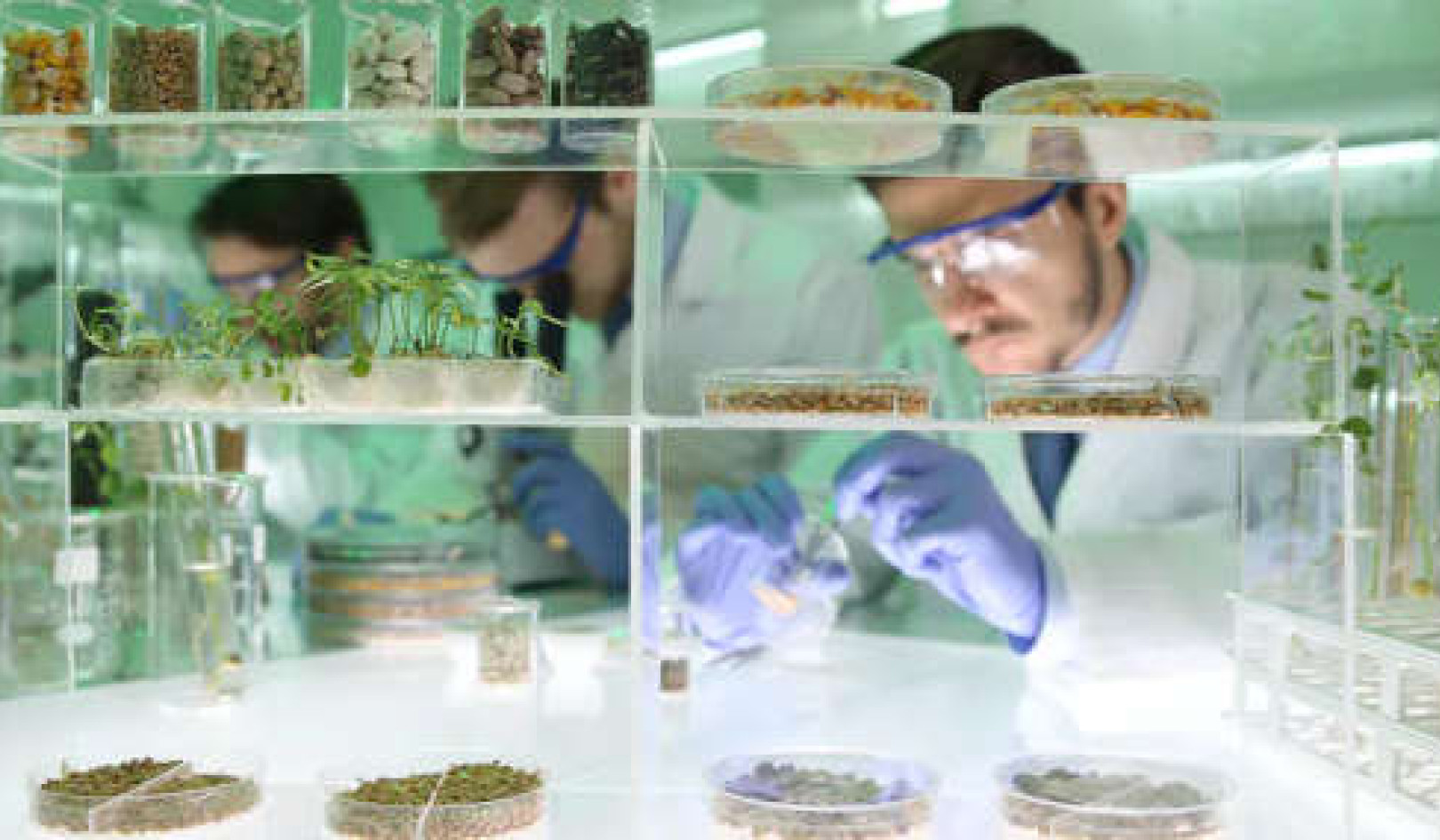 Shutterstock
Shutterstock
Editors Note: This article was included on InnerSelf.com because it has much good information. However, we as consumers of scientific information, for individual or managerial purposes, must also take into account risk and consequence. We depend on science to give us facts but ultimately we decide what prudent actions are to be taken when irrefutable proof is not available or unlikely before dire consequences occur.
*****
A doomsday scenario of an end to human sperm production has been back in the news recently, now with the added threat of shrinking penises.
Professor Shanna Swan, a US epidemiologist who studies environmental influences on human development, recently published a new book called Countdown.
Get The Latest By Email
In it, she suggests sperm counts could reach zero by 2045, largely owing to the impact of a range of environmental pollutants used in manufacturing everyday products: phthalates and bisphosphenol A (BPA) from plastics, and per- and poly-fluoroalkyl substances (PFAS) used, for example, in waterproofing. Under this scenario, she says, most couples wanting to conceive would need to rely on assisted reproductive technologies.
She has also warned these chemicals are shrinking penis size.
Such extraordinary claims require extraordinary evidence. I would argue the evidence is not strong enough.
Correlation doesn’t equal causation
Epidemiologists find associations between disease and potential contributing factors, like lung cancer and smoking. But their work can’t identify the causes of disease — just because two things are associated doesn’t mean one is causing, or caused by, the other.
An article written by environmental activist Erin Brockovich in The Guardian in March leads by referring to “hormone-disrupting chemicals that are decimating fertility”. But causation is far from established.
It’s reasonable to expect chemicals that affect hormone function in our bodies, like BPA and PFAS, could affect reproduction in males and females, given available evidence. But we don’t have irrefutable proof.
 Could environmental pollutants be leading to infertility? Establishing cause and effect isn’t clear-cut. Shutterstock
Could environmental pollutants be leading to infertility? Establishing cause and effect isn’t clear-cut. Shutterstock
Selective reporting
In 2017, Swan and several colleagues published an exhaustive review study showing an apparent drop in men’s sperm counts of 59.3% between 1973 and 2011. This research informs the arguments Swan makes in Countdown and those we’ve seen in the media.
What’s not often mentioned is the fact the researchers only observed a decline in sperm count in groups of men from North America, Europe, Australia, and New Zealand, but not in groups of men from South America, Asia or Africa.
When Swan and her colleagues combined the data from all countries, they saw a decline because the studies of “Western” men outweigh those of men elsewhere (in the number of studies and participants).
Swan and her colleagues worked hard to avoid bias when conducting their study. But selection bias (related to how study participants are chosen), publication bias (resulting from researchers’ tendency to report only observations they think will be of interest) and other limitations of the original work used as the basis for their investigation could be influencing the results of the larger study.
Many studies from different parts of the world show declining sperm counts, which is concerning, but we don’t fully understand the reasons for the apparent decline. Blaming chemicals in the environment overlooks other important factors such as chronic disease, diet, and obesity, which people can act on to improve their fertility.
The problem with extrapolation
Swan’s 2017 study boils down to a straight descending line drawn between sperm counts of groups of men studied at different times between 1973 and 2011.
Just because a straight line can be drawn through the data, this doesn’t justify extrapolation of that line beyond its earliest and latest data points. It’s unscientific to assume trends in data exist outside the range of observations.
We know sperm counts of men in the early 1940s were around 113 million sperm per ml of semen, not the roughly 140 million/ml you get from extrapolating backwards from Swan’s research. Concluding sperm counts will reach zero in 2045, based on extrapolating forward from the available data, is just as likely to be incorrect.
When Swan told news website Axios “If you look at the curve on sperm count and project it forward” she was encouraging unjustifiable and unscientific interpretation of her data — even though she acknowledged it was “risky” to extrapolate in this way. Unfortunately this caution is too often unmentioned.
For example, Brockovich writes: “That would mean no babies. No reproduction. No more humans.” That’s hyperbole. It’s just not science
Relax, your penis isn’t shrinking
Claims of shrinking penises are obvious clickbait. But only a single study, of 383 young men from the Veneto region in northeastern Italy, links men’s penis size to the types of chemicals Swan attributes to declining sperm counts.
Within Veneto there are geographic zones with varied levels of PFAS contamination. A group of 212 men who live in areas with high or intermediate PFAS exposure and have high levels of these chemicals in their bodies, had an average penis length of 8.6cm, about 10% lower than the average of a group of 171 men from an area without exposure (9.7cm).
But a few features of this study affect the reliability of the observations and whether we can generalise them to other populations.
-
men were grouped according to where they lived, not where they were born. Since genital size is determined before birth, the environment during their mothers’ pregnancies is more relevant to penis size than where the men lived at the time of the study. Some men will likely have relocated from their place of birth but how many, and where they may have moved to and from, we don’t know
-
the levels of PFAS exposure for men living in the contaminated regions of Veneto are extreme, because of decades of industrial pollution. How the potential effect of such large exposures relates to smaller and more common exposures to pollutants, like from plastic food wrap, we don’t know
-
the study is missing details about its subjects and the conditions under which measurements were made. It’s usual to exclude people with conditions that might affect study outcomes, such as congenital abnormalities, but it’s not clear whether this happened in the study. Variables that influence penile measurements (such as room temperature, posture, and whether the penis is held straight or hanging) are not mentioned.
And from a semantic perspective, for penises to be “shrinking” they must be getting shorter over time, on either an individual or population basis. I cannot find any reports of men’s penises shortening as a consequence of environmental pollution. Available data don’t suggest a decline in penis size over the past few decades.
While environmental pollution is a pressing concern, the evidence suggests the catastrophic collapse of human reproduction and accompanying penis shrinkage is thankfully a pretty unlikely prospect.
About The Author
Tim Moss, Adjunct Associate Professor, Department of Obstetrics and Gynaecology, Monash University
books_environmental
This article is republished from The Conversation under a Creative Commons license. Read the original article.







